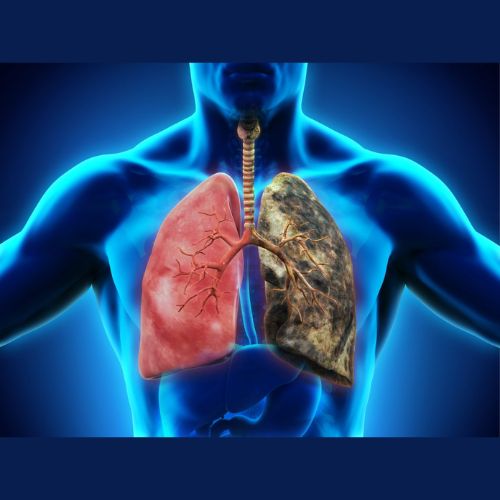Oat cell carcinoma, often known as small cell lung carcinoma (SCLC), is a type of lung cancer that can be aggressive and fast-growing. Knowing the symptoms and getting early treatment can make a big difference in managing this disease. In this blog, we will talk about the common signs of oat cell carcinoma and some tips for early detection.
Understanding Oat Cell Carcinoma
Oat cell carcinoma is a form of lung cancer that starts in the cells of the lungs. It gets its name from the small, oval-shaped cells that look like oats when viewed under a microscope. This type of cancer is known for spreading quickly to other parts of the body.
Common Symptoms of Oat Cell Carcinoma
1. Persistent Cough
One of the most common symptoms of squamous cell lung carcinoma is a persistent cough that does not go away. It may start as a mild cough and gradually become worse. If you have a cough that lasts for several weeks, it is important to see a doctor.
2.Chest Pain
You might feel pain or discomfort in your chest. This pain can be sharp or dull and might get worse when you breathe deeply or cough. If you have chest pain that does not improve or gets worse, it is a good idea to get it checked out.
3.Shortness of Breath
Feeling short of breath or having trouble breathing, even when you are resting, can be a sign of oat cell carcinoma. This happens because the tumor can block the airways or cause fluid to build up around the lungs.
4.Unexplained Weight Loss
Losing weight without trying can be a sign of various health issues, including oat cell carcinoma. If you notice that you are losing weight without changing your diet or exercise routine, it is worth discussing with a healthcare provider.
5.Fatigue
Feeling unusually tired or weak, even after getting plenty of rest, can be a symptom. This fatigue is often a result of the body working hard to fight the cancer.
6.Hoarseness
If your voice becomes hoarse or changes in pitch, it could be a sign that the cancer is affecting the nerves that control the vocal cords. Hoarseness that does not go away should be evaluated by a doctor.
7.Coughing Up Blood
Coughing up blood, or hemoptysis, is a more serious symptom that needs immediate attention. Even a small amount of blood in your cough can be a sign of a problem that needs to be checked out.
8.Swelling in the Face or Neck
Oat cell carcinoma can cause swelling in the face or neck if it blocks the blood flow through the veins. This might make your face or neck look puffy and could be a sign that the cancer is affecting the lymph nodes.
Early Detection Tips
Early detection of oat cell carcinoma is crucial for effective treatment. Here are some tips to help with early detection:
1.Be Aware of Your Body
Pay attention to changes in your body and how you feel. If you notice any symptoms that do not seem normal, do not ignore them. Early symptoms might be mild, but they can be a sign of a bigger problem.
2.Regular Check-Ups
Regular visits to your doctor can help catch problems early. If you are at higher risk for lung cancer, such as if you smoke or have a family history of cancer, your doctor might suggest more frequent check-ups.
3.Screening Tests
For people at high risk, doctors might recommend screening tests such as low-dose CT scans. These tests can help find lung cancer before symptoms appear. Ask your doctor if screening is right for you.
4.Do not Ignore Persistent Symptoms
If you have symptoms like a persistent cough, chest pain, or shortness of breath, do not wait to see if they go away on their own. Persistent symptoms should be evaluated by a healthcare professional to rule out serious conditions.
5.Healthy Lifestyle
Maintaining a healthy lifestyle can help lower your risk of cancer. This includes not smoking, eating a balanced diet, and exercising regularly. Avoiding smoking is especially important as it is a major risk factor for lung cancer.
Closing Thoughts:
Recognizing the symptoms of oat cell carcinoma early and getting timely treatment can make a big difference. If you experience any of the symptoms we have discussed, it’s important to see a healthcare professional as soon as possible. Early detection can lead to more effective treatment and better outcomes.
If you have any concerns or symptoms, do not hesitate to reach out to your doctor. Taking action early is the best way to manage your health and get the help you need.
Remember, you don’t have to go through this alone. Seeking medical advice and support is the first step toward understanding and addressing any health concerns you might have.





Comments